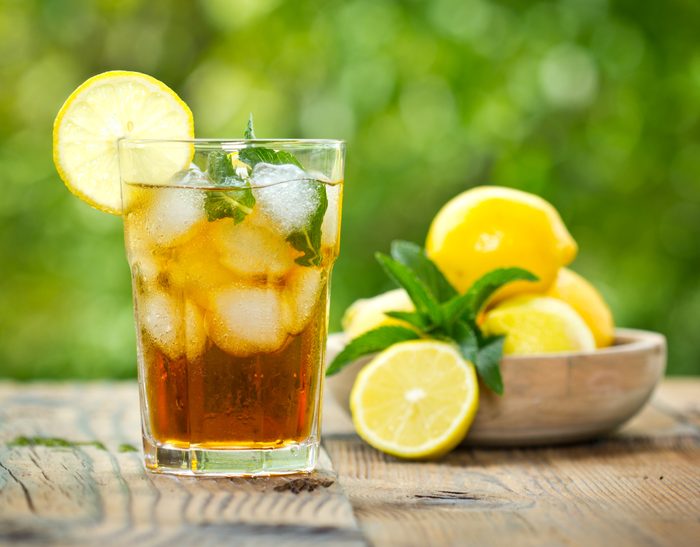
Grow Your Own Cocktail and Tea Garden
There’s nothing better than getting food from your garden. After all, that’s why vegetable gardening is so popular! But even the most devoted gardeners might be surprised to learn it’s possible to grow ingredients for cocktails and mocktails, and even to grow your own tea garden.
Here are 10 plants that are perfect picks for any gardener who wants to grow their own drinks.
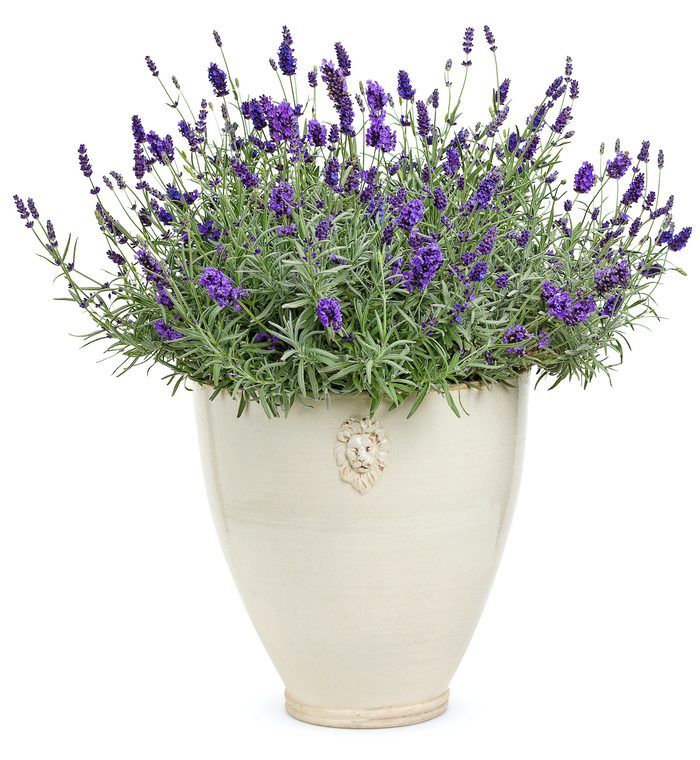
English Lavender
Lavandula angustifolia, Zones 5 to 8
Bring in the bees and butterflies with this lovely and fragrant perennial bloomer. Plenty of sun and well-draining, slightly alkaline soil help it thrive all summer. Its sweet floral notes complement berries, pears and citrus flavors when used sparingly either in a simple syrup or as a fresh mix-in.
Add it to: Martinis, lavender-sage slings, gin sours, hot or iced tea, lemonade, or seltzer. Or infuse it into vodka.
Here’s what you need to know about growing lavender plants.
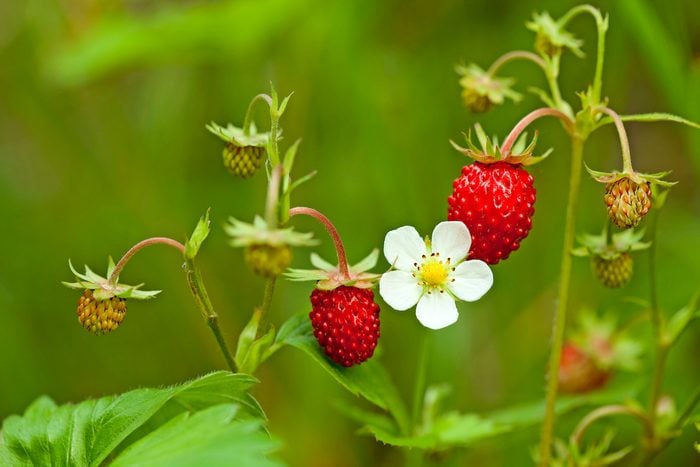
Alpine Strawberry
Fragaria vesca, Zones 5 to 9
Also known as wild or woodland strawberries, this compact decorative perennial can handle full sun to part shade and can be grown indoors, too. It bears fruit continually throughout the growing season.
Add it to: Cordials, rosé wine, gin, strawberry-basil lemonade or a wild-strawberry fizz with rum.
Here’s even more delicious plants for a cocktail garden.
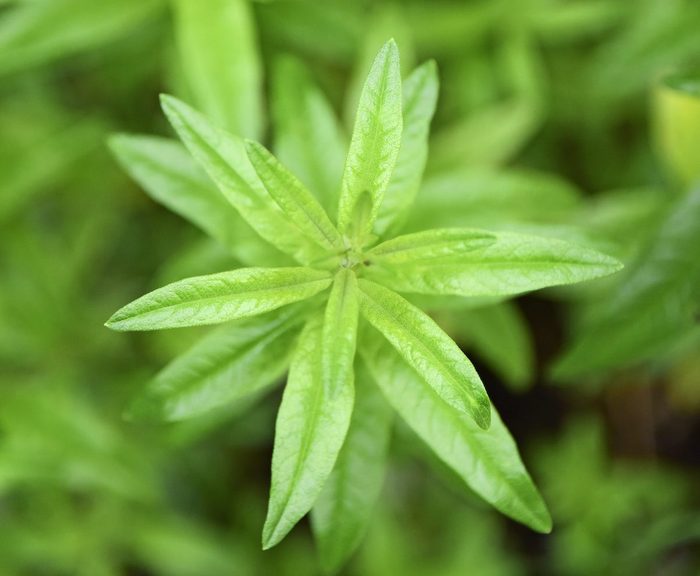
Lemon Verbena
Aloysia citriodora, Zones 8 to 10 or annual
With its bright citrus taste and spear-shaped leaves, this sun-loving tea garden perennial needs rich and well-draining soil. Growing to 4 feet tall, its leaves can be harvested by cutting the entire stem. Clusters of white or purple flowers delight beneficial insects.
Add it to: Gin and tonic or gimlet cocktails. The fresh or dried leaves and the blossoms all make great iced tea, too—try combining the verbena with mint and honey.
Learn how to grow your own tea at home.
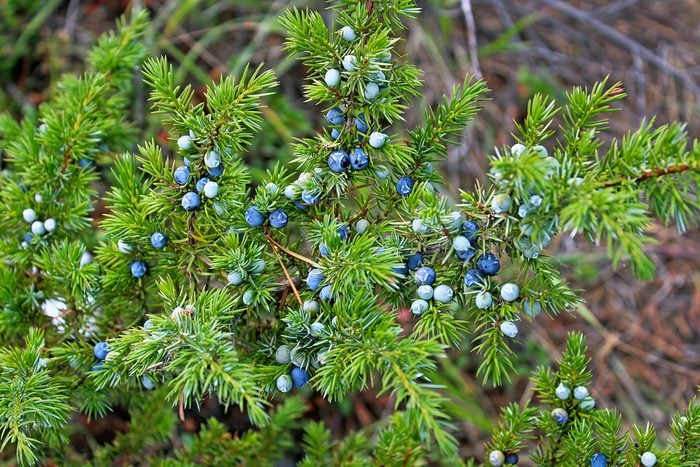
Common Juniper
Juniperus communis, Zones 2 to 7
This conifer’s berries are actually tiny, scale-covered blue cones. Citrusy and slightly bitter, they are used to flavor gin and some types of beer. Sun-loving common juniper grows up to 10 feet tall and 12 feet wide and features needlelike, fragrant leaves. The cedar waxwing, a favorite backyard bird, is a big fan of juniper berries. Some junipers are poisonous, so research your plant before picking.
Add it to: Gin fizzes, gin and tonic cocktails, champagne, tea, or lemonade.
Check out the top 10 trees and shrubs with berries for birds.
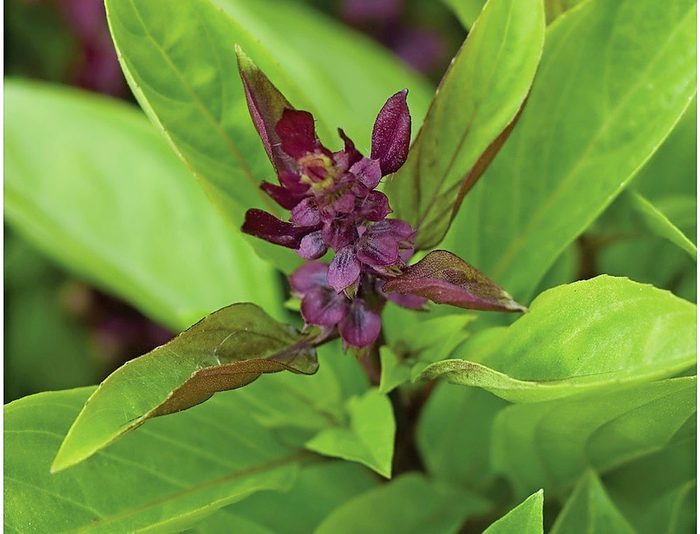
Siam Queen Thai Basil
Ocimum basilicum var. thyrsiflora, Zones 10 to 11
The purple stems and flowers of this plant pack a tasty punch with hints of licorice and lemon. Thai basil likes warm, moist, well-draining soil, along with six hours of direct sunlight per day. Plant fresh batches each year for maximum flavor.
Add it to: Spicy cucumber rum cocktails, gimlets, martinis, daiquiris or lemonade. Its flowers make gorgeous garnishes, too.
Psst—avoid these 11 mistakes you may be making with fresh basil.
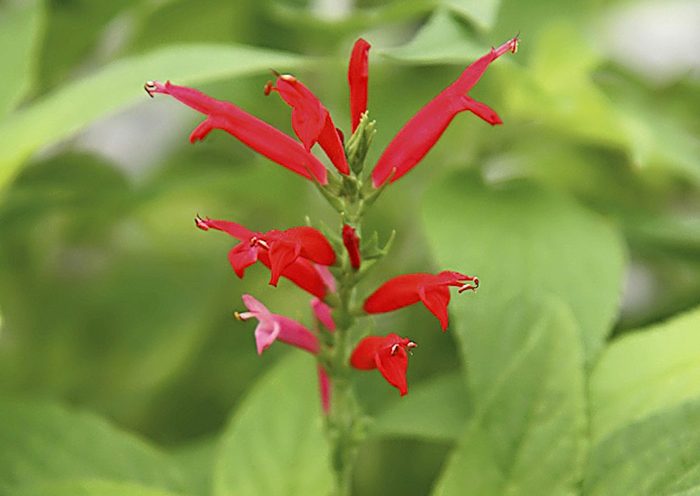
Pineapple Sage
Salvia elegans, Zones 8 to 11
In addition to producing scarlet tubular flowers, its leaves release a tropical scent when crushed. Pineapple sage is heat and drought tolerant; it prefers full sun and the blooms attract butterflies as well as hummingbirds.
Add it to: Rum juleps, mojitos, tequila sours or iced tea. Tuck whole fresh flowering stems into fruity drinks or lemonade. Sprinkle petals on top of a frosty pina colada or freeze them into gorgeous ice cubes.
Turn up the heat with the top 10 tropical plants.
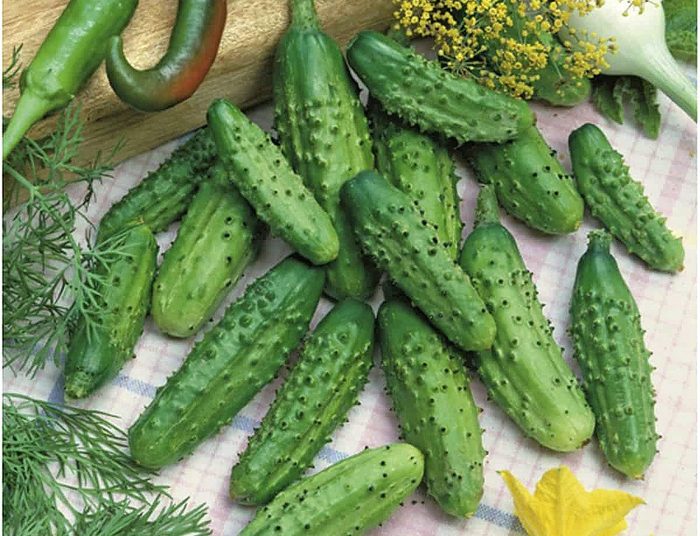
Parisian Gherkin F1 Cucumbers
Cucumis sativus, annual
These mini black-spined gherkin cukes are delicious fresh or pickled. The compact, semi-vining plant thrives in sunshine and grows quickly in raised beds or staked containers. Harvest regularly when the cucumbers are 2 to 4 inches long.
Add it to: Vodka martinis, cucumber Collins, watermelon cucumber-tinis or spicy cucumber-mint margaritas. Or mix it with gin, lime and mint.
Discover the best new vegetables to grow this summer.
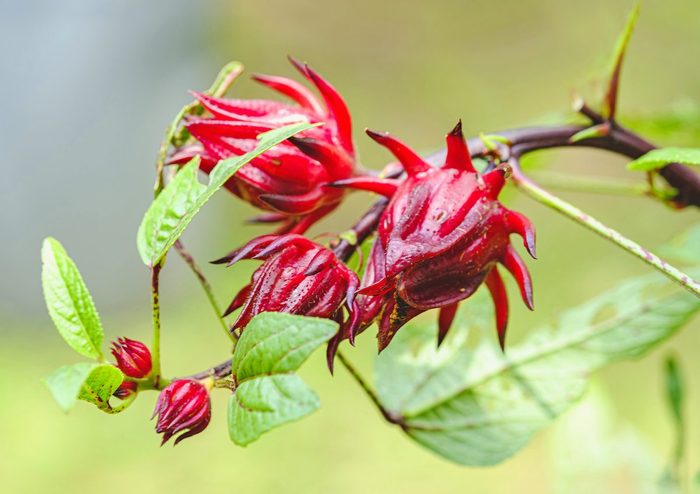
Roselle Hibiscus
Hibiscus sabdariffa, Zones 8 to 11
Related to okra, this statement plant features crimson stems, red-veined leaves and pink flowers. It needs full sun and 12 or more hours of darkness for the most blooms. Grow in the ground or in a pot. Its edible flowers and calyxes flavor beverages with a tangy, cranberrylike taste.
Add it to: Rose hip tea with dried orange peel or a squeeze of lime. Try freezing it in ice cubes to liven up cold drinks.
Don’t miss our guide to growing hibiscus.
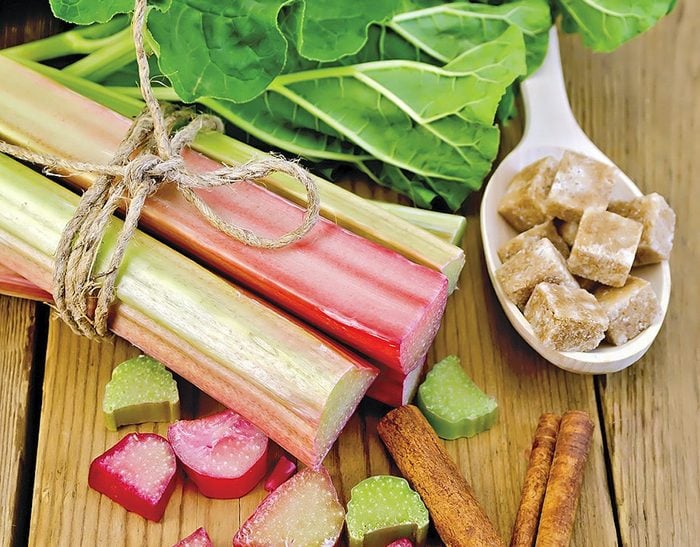
Rhubarb
Rheum x cultorum, Zones 3 to 8
Cold-hardy and drought tolerant, rhubarb is a classic that loves full sun and rich, well-draining, loamy soil. Divide plants every four years in spring or fall for continued health and harvest.
Add it to: Mojitos or gin-based strawberry rhubarb Collins. Rhubarb simple syrup is a versatile cocktail ingredient.
There’s definitely a right way to harvest rhubarb for your tea garden—just don’t cut it!
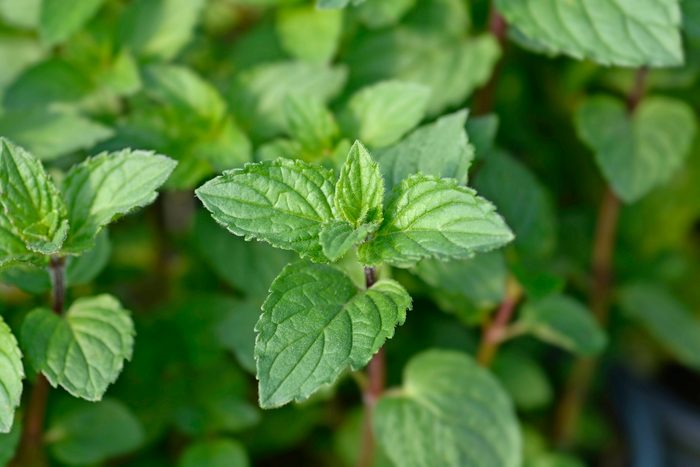
Chocolate Mint
Mentha x piperita f. citrata, Zones 5 to 9
This fast-growing plant thrives in rich, moist soil under full to part sun and grows up to 2 feet tall. Its dark green leaves smell like chocolate but have a minty orange taste. Spiky lavender colored blossoms appear in July and August and attract butterflies.
Add it to: Hot water to make chocolate mint tea. Or make a simple syrup for mojitos, juleps and gin sodas.
When you’re done looking at plants for your tea garden, discover the top 10 herbs to grow for cooking.
